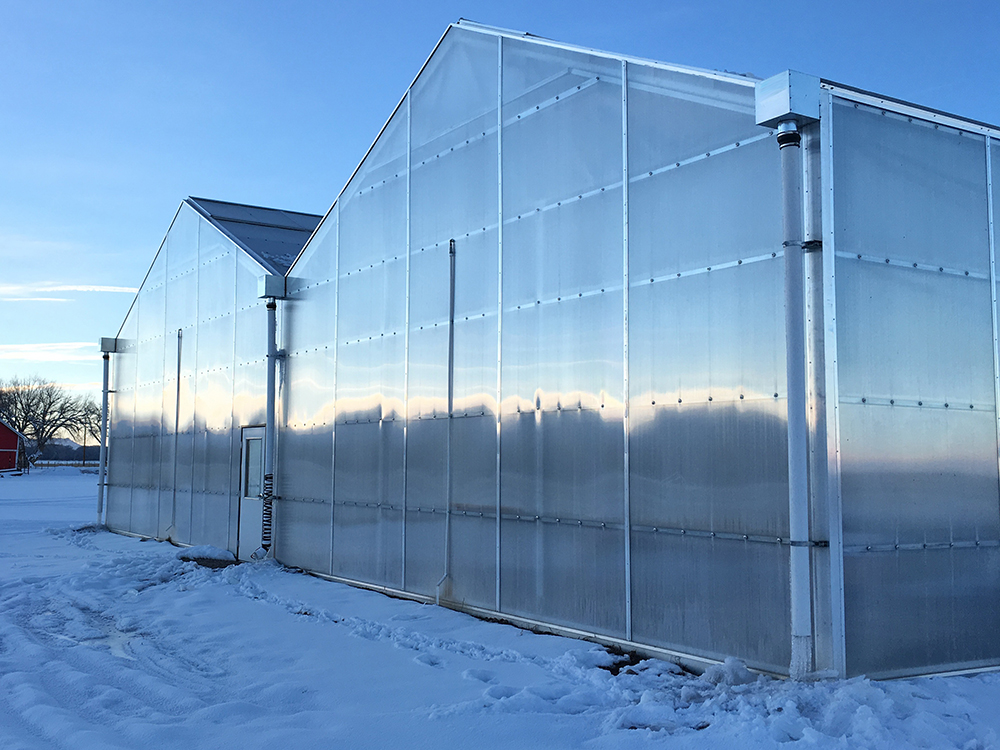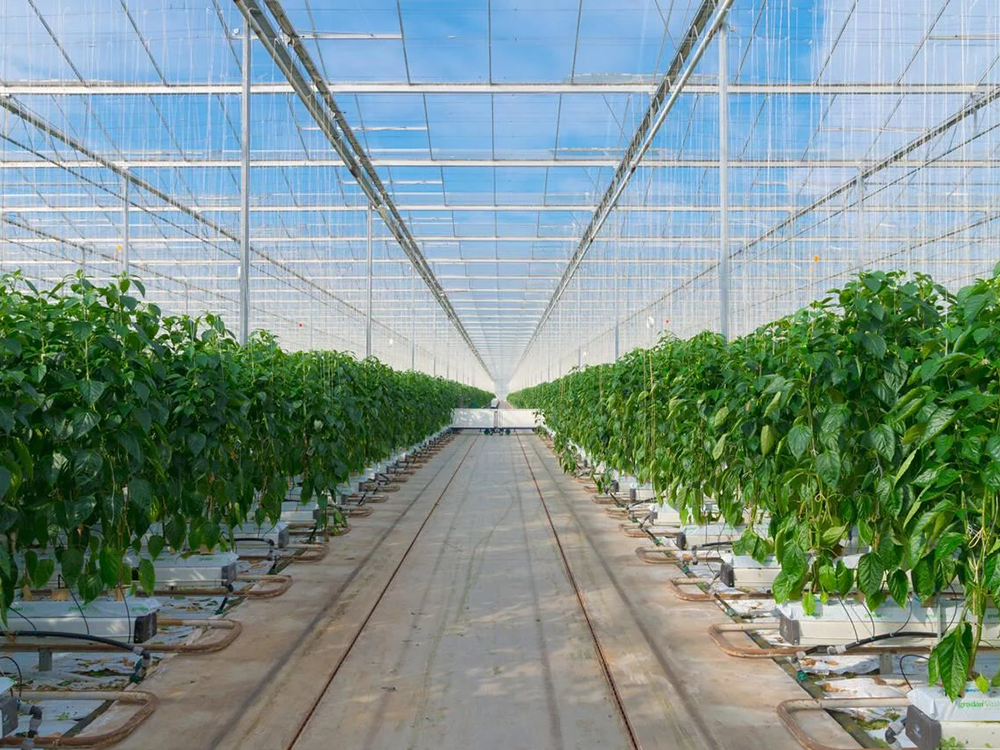A greenhouse is a structure that can control environmental conditions and is usually composed of a frame and covering materials. According to different uses and designs, greenhouses can be divided into multiple types.

Glass greenhouses: With glass as the covering material, they have excellent light transmittance and an elegant appearance. They are suitable for the cultivation of high-end flowers and vegetables, as well as fields such as scientific research and teaching.

Plastic film greenhouses: They have a relatively low cost and are easy to install. Common plastic films include polyethylene, polyvinyl chloride, etc. They are applicable to large-scale vegetable production.

PC board greenhouses: Polycarbonate boards have good light transmittance, heat preservation performance and impact resistance. They perform excellently in aspects such as vegetable cultivation, flower cultivation and seedling raising.
The functions of greenhouses:
Temperature control:
Measures such as heating and cooling can be adopted inside the greenhouse to maintain a suitable temperature. In the cold winter, the greenhouse can provide a warm growing environment for plants, protecting them from the severe cold. In the hot summer, through means like ventilation and shading, the temperature inside the greenhouse can be reduced to prevent plants from being damaged by high temperatures.
Humidity control:
Appropriate humidity is crucial for the growth of plants. Greenhouses can adjust the indoor humidity through humidifying and dehumidifying equipment to meet the needs of different plants. For example, some tropical plants require relatively high humidity, while some desert plants are adapted to dry environments.
Light control:
The covering materials of greenhouses can filter out part of the ultraviolet rays to reduce harm to plants. Meanwhile, artificial lighting equipment such as LED lights can also be installed according to the growth needs of plants to extend the lighting time and improve the efficiency of photosynthesis.
Wind and rain protection:
Greenhouses can effectively block the invasion of wind and rain and protect plants from the impact of natural disasters. Especially in windy and rainy areas, greenhouses provide a safe growing space for plants.


The advantages of greenhouse cultivation:
Improving yield and quality:
Plants can grow under suitable environmental conditions in greenhouses, with a fast growth rate and high yield. Meanwhile, due to precise environmental control, the occurrence of pests and diseases can be reduced, and the quality of agricultural products can be improved.
Extending the growing season:
By adjusting the temperature, light and other conditions inside the greenhouse, off-season cultivation can be achieved and the growing season of plants can be extended. This can not only meet the market demand but also increase farmers' income.
Saving water resources:
Greenhouse cultivation usually adopts water-saving irrigation methods such as drip irrigation and sprinkler irrigation, which can greatly reduce the waste of water resources. Meanwhile, due to the relatively closed environment inside the greenhouse, the evaporation of water is relatively small, which also helps to save water resources.
Environmental protection and sustainability:
Greenhouse cultivation can reduce the usage amounts of pesticides and chemical fertilizers and lower the pollution to the environment. In addition, some greenhouses also adopt renewable energy sources such as solar energy and wind energy to achieve environmentally friendly and sustainable development.
Post time: Dec-11-2024

